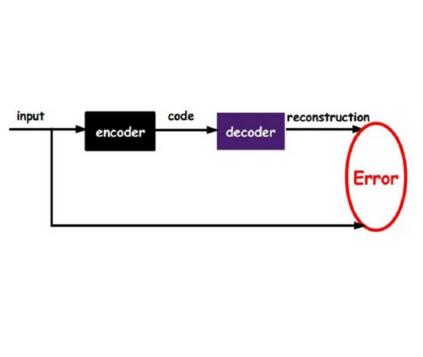Targeted stimulation of the brain has the potential to treat mental illnesses. We propose an approach to help design the stimulation protocol by identifying electrical dynamics across many brain regions that relate to illness states. We model multi-region electrical activity as a superposition of activity from latent networks, where the weights on the latent networks relate to an outcome of interest. In order to improve on drawbacks of latent factor modeling in this context, we focus on supervised autoencoders (SAEs), which can improve predictive performance while maintaining a generative model. We explain why SAEs yield improved predictions, describe the distributional assumptions under which SAEs are an appropriate modeling choice, and provide modeling constraints to ensure biological relevance of the learned network. We use the analysis strategy to find a network associated with stress that characterizes a genotype associated with bipolar disorder. This discovered network aligns with a previously used stimulation technique, providing experimental validation of our approach.
翻译:定向刺激大脑具有治疗精神疾病的潜力。 我们提出一种方法来帮助设计刺激协议,方法是确定与疾病状态相关的许多大脑区域的电动动态。 我们将多区域的电力活动作为潜在网络活动的叠加,潜伏网络的重量与感兴趣的结果相关。 为了改进这方面潜在因素模型的缺陷,我们侧重于监督的自动编码器(SAEs),它可以改进预测性能,同时保持一种基因化模型。我们解释了SAEs为何会作出更好的预测,描述SAEs是适当模型选择的分布假设,并提供模型限制,以确保所学网络的生物相关性。我们利用分析战略寻找一个与压力相联系的网络,这种压力与与双极障碍相关的基因型模式有关。这个发现的网络与先前使用的刺激技术相一致,为我们的方法提供了实验性验证。</s>




